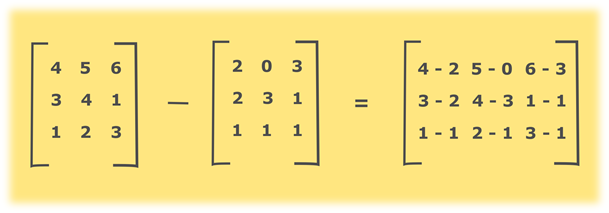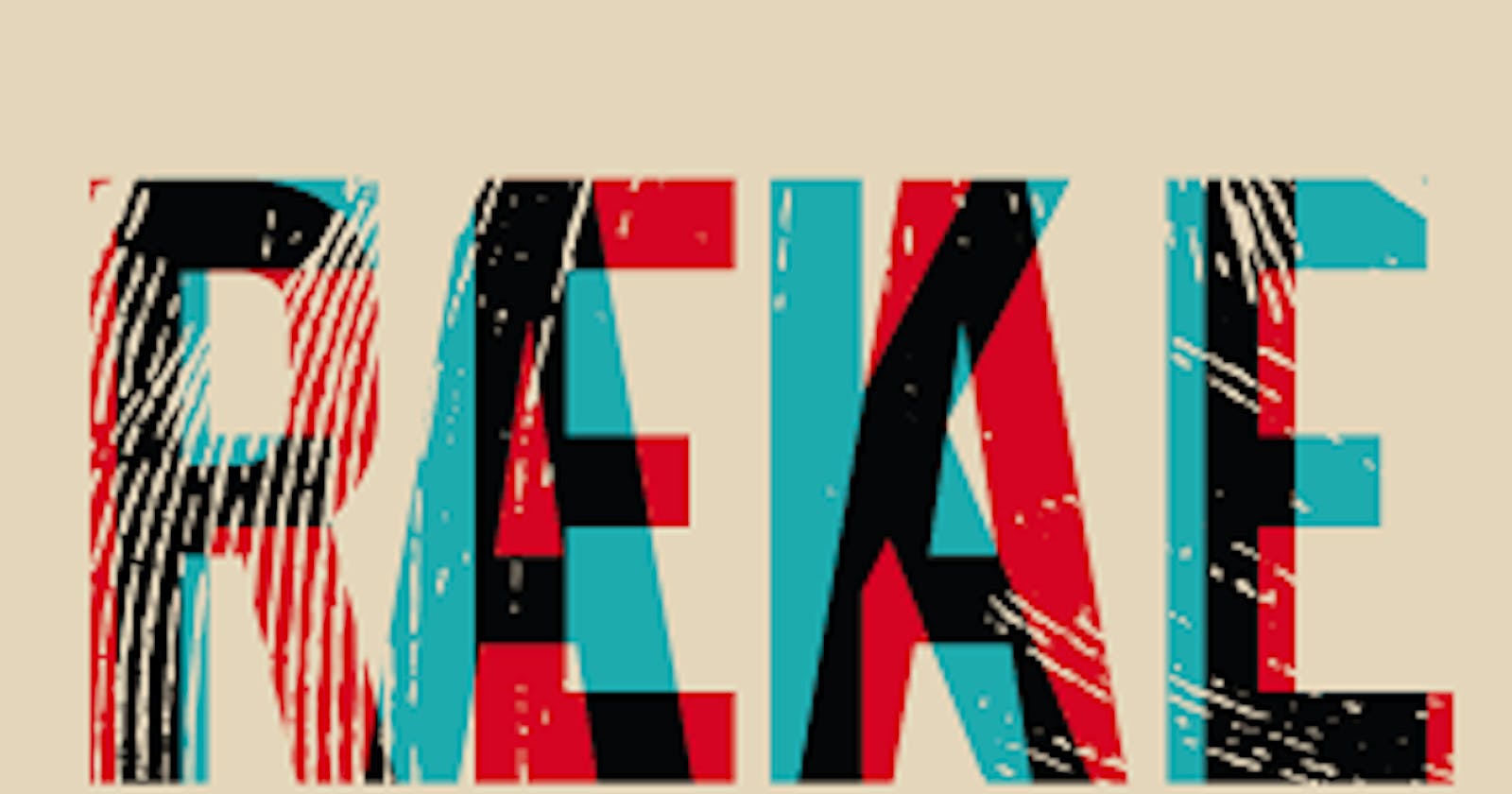For classification in supervised learning, there are labels which make it easy to classify. But since GANs are unsupervised, it is not easy to decode the image generated from a random noise vector as real or fake. There is no clear 1 or 0.
A discriminator cannot be used for evaluation, because it overfits the generator it's trained with.
Two important properties when it comes to generating images from GANs.
Fidelity
Diversity
Fidelity deals with:
-> How good are the fake images?
-> How far is the fake image from the real one?
Diversity deals with:
You want a GAN that can generate a variety of different images.
Comparing images
There are two ways to compare real and fake images generated by Generator.
Pixel Distance
Feature Distance
Pixel Distance

Fig: Real Image - Fake Image = Abs. distance
This is not a great measure, if a single pixel is shifted, the abs. the difference will be significantly changed.
Feature Distance

Fig: Feature Distance
With this technique, even a shift in pixel values won't make any difference.
Conclusion:
-> Pixel distance is simple but unreliable.
->Feature distance uses the higher-level features of an image, making it more reliable.

